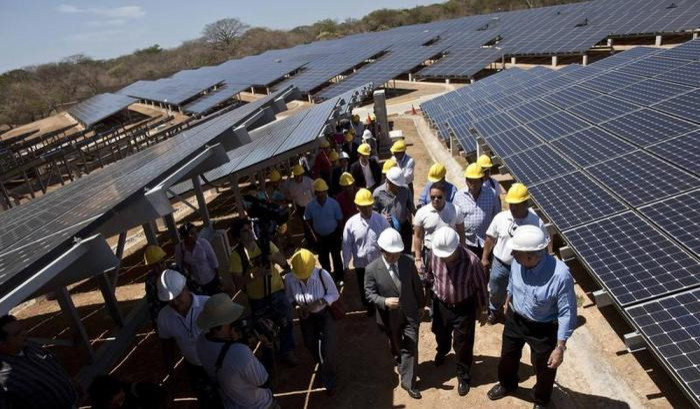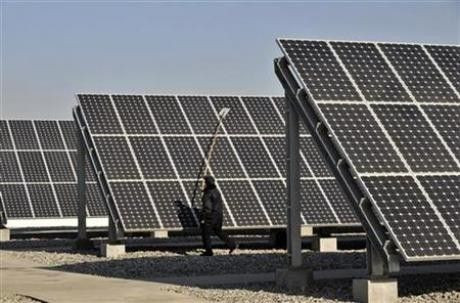Japan's Solar Energy Installations Jumped 270%, In Terms Of Gigawatt Capacity, In First Quarter, Poised To Overtake Germany In Solar Energy Revenue In 2013

Japan has seen an explosion of investment in renewable energy recently, particularly in solar power. The country’s solar installations jumped by a stunning 270 percent in gigawatts in the first quarter, according to a report from IHS, an information and analytics firm, positioning the country to surpass Germany as the world’s largest solar energy market in terms of revenue in 2013.
A total of 1.5 gigawatts worth of solar, or photovoltaic (PV), systems were installed in Japan in the first quarter, up from 0.4 GW in the first quarter of 2012. A gigawatt is enough electricity to power about 350,000 homes.
While China is still projected to be the largest market in terms of installed gigawatts, Japan’s higher solar panel prices will make it the largest in terms of revenue, according to the report.

Until recently, less than 1 percent of Japan’s electrical power output came from renewables, according to CNN. That changed after the blackouts following the Fukushima nuclear disaster in 2011, when a nuclear power plant melted in the aftermath of the Tohoku earthquake.
“Japan is forecast to install $20 billion worth of PV systems in 2013, up 82 percent from 11 billion in 2012,” the IHS report said. “In contrast, the global market is set for tepid 4 percent growth.”
Japan’s share of the revenue of global solar energy market will rise to 24 percent in 2013, up from 14 percent in 2012 and just 9 percent in 2011, according to IHS.
Germany, which led the world in the total amount of solar gigawatts installed per year from 2009 to 2012, when it was replaced by China, will still lead in terms of total number of units and capacity, with its 32.19 gigawatts. Japan now boasts 7.43 gigawatts, closer to the U.S.’s 8.07 gigawatts, according to Bloomberg New Energy Finance.
Solar energy is on the rise in Japan thanks to the government’s incentives to producers of renewable energy, as well as new rules requiring public power utilities to buy alternative power at above-market rates, according to CNN. Solar panels are being built on unused lands, and owners of the lands can sell that energy for a good profit.
As the markets in China and Japan grow, Western markets are now less attractive to investors, according to IHS. Europe, which accounted for 70 percent of the global demand for solar power in the first quarter of 2012, now only accounts for 40 percent. Installations in Europe declined by 34 percent in the first quarter of 2013 compared to the same period in 2012.
© Copyright IBTimes 2024. All rights reserved.




















